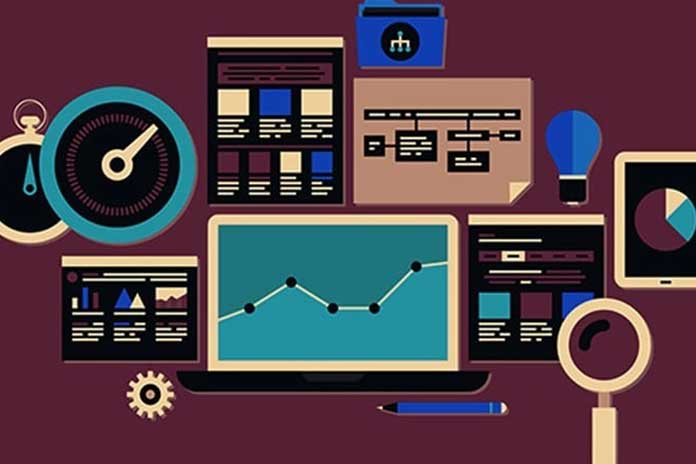Data-driven marketing is currently on everyone’s lips. It sounds too good to be true: data can improve and simplify marketing decisions. Many companies already collect a lot of data, but the wheat is separated from the chaff when this data is used in a targeted manner. Today we take a look at the application fields of data-driven marketing.
Data-Driven Marketing: What’s It All About?
Data-driven marketing is a part of data-driven business and specifically focuses on marketing and user data. Targeted, personalised, conversion-optimised, data-based decisions make aligning your marketing activities along the customer journey more accessible and more efficient.
Especially in digital commerce, customer data is already being used to serve increasing customer requirements. Whether individualised products and offers, customer-specific prices or personalised visual layouts of the online shop: the customer always wants to feel understood and confirmed in their purchase intention – whether in B2B or B2C. Although many companies already collect a large amount of data, they often do not know how to shape it into sensible campaigns.
We will show you where data-driven marketing is explicitly used in the following.
Data-Driven Marketing Fields Of Application
The aim of data-driven marketing is not just to collect data and make reliable statements about user behaviour but to use this data to increase conversions and address customers directly. Customers expect to be handled personally and now, whether on websites, social media platforms, or in an email inbox. With the right data-driven marketing decisions, this is also easily achievable. The question now is: How and where is data-driven marketing used in detail?
Cluster Analysis
In cluster analysis, users are segmented into different groups based on their behaviour on a website using algorithms. Clusters can be used in addition to personas better to understand user groups and their behaviour on the website. Cluster groups can then be addressed through online marketing campaigns through targeted targeting. The advantage is that new users can be automatically classified, and personalised ads can be displayed.
Recommendations
Recommendations are recommendations that are displayed within an online shop. The goal is to show customers meaningful cross and upselling products and encourage them to expand their shopping cart. Based on a previously defined logic and the same or similar product attributes, the customer behaviour itself can also serve as the starting point for the recommendation. The advantage here is that typical purchasing patterns and preferences of specific customer groups automatically lead to the display of suitable product advertisements.
Retargeting
Probably the most common way to reactivate customers is retargeting or remarketing. Here, the aim is to lead the customer back to the website after abandoning a purchase or other desired conversion goals. The user’s behaviour is recorded to later display products, shopping cart contents, or services that have already been viewed in a cross-media manner. So if a customer is in a retailer’s online shop, he will receive corresponding ads on different channels over the next few days. Established practice. Effective Practice.
Data-Driven Content
Data-driven content makes it possible to display content tailored to the user on the website or shop. This works similarly to recommendations but with a range instead of products. For example, if a customer is interested in all-weather jackets, he will see more content for hiking routes, nature apps or hiking boots and less content from areas that may not interest him.
Automatic Price Adjustment
In e-commerce, in particular, it is essential to remain competitive. This is not the least due to the price. It pays off to keep an eye on the market and the competition constantly. However, it is not possible to permanently manually align your costs with those of the competition. This is where the automatic price adjustment comes into play: data is used, for example, via APIs or different providers to keep up with various price fluctuations and adjustments from the competition. Automatic.
Email Marketing
The degree of automation in email marketing is very high: for example, trigger mailings or predefined mailing routes can be triggered with particular customer behaviour. Email marketing is also suitable for A/B testing: To evaluate which aspects of an email lead to which user action and reaction, two slightly different versions of the same email are sent to two groups of recipients. If variant A achieves more conversions than variant B, the needs and preferences of the target group can be determined quickly and reliably based on the varied aspects.


